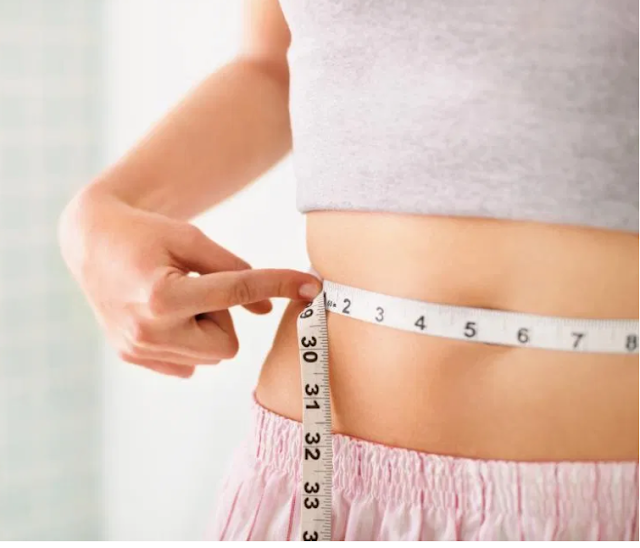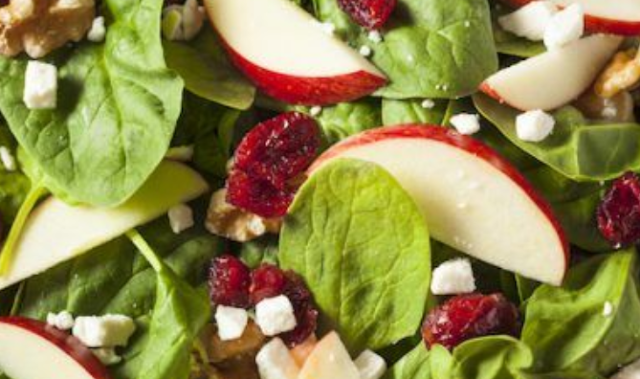Most people put on weight because they eat and drink more calories than they burn through everyday movement and body functions.
But in some cases, your weight gain may be due to an underlying health condition. Here are 9 medical issues that can cause weight gain.
Underactive thyroid
An underactive thyroid (hypothyroidism) means your thyroid gland is not producing enough thyroid hormones, which play a central role in regulating your metabolism. Although an underactive thyroid can occur at any age and in either sex, it is most common in older women.
"Without enough thyroid hormone, the body's metabolism slows down, which can lead to weight gain," says dietitian Catherine Collins. The condition is usually treated with daily hormone replacement tablets, called levothyroxine.
Diabetes treatment
Weight gain is a common side effect for people who take insulin to manage their diabetes. Insulin helps to control your blood sugar level. Some people with longstanding diabetes tend to eat more than they need to prevent low blood sugar, also known as a "hypo" or hypoglycaemia.
"Excessive snacking to prevent a hypo contributes to an excessive calorie intake and overall weight gain," says Collins, who recommends becoming an "expert patient" by attending a diabetes education course such as DESMOND for people with type 2 diabetes or DAFNE for type 1 diabetes, to help make your diabetes fit your lifestyle – not the other way round.
Ageing
People begin to lose modest amounts of muscle as they get older, largely because they become less active. Muscles are an efficient calorie burner, so a loss of muscle mass can mean you burn fewer calories. If you're eating and drinking the same amount as you always have and are less physically active, this can lead to weight gain. "To reduce muscle loss, you should stay active and try to do regular muscle-strengthening exercises.
Steroid treatment
Steroids, also known as corticosteroids, are used to treat a variety of conditions, including asthma and arthritis. Long-term use of corticosteroid tablets seems to increase appetite in some people, leading to weight gain. "The higher the dose and the longer you are on steroids, the more weight you are likely to put on, "This is because steroids make you feel hungry, affecting the areas in the brain that control feelings of hunger and satiety."
She says that being extra careful about what you eat during your steroid course will help prevent you from eating more than usual.
It's not a good idea to reduce or stop your steroid treatment midway. If you're worried about weight gain.
Cushing's syndrome
Cushing's syndrome is very rare, affecting around 1 in 50,000 people, and is caused by high levels of the hormone cortisol. It can develop as a side effect of long-term steroid treatment (iatrogenic Cushing's syndrome) or as a result of a tumour (endogenous Cushing's syndrome).
Weight gain is a common symptom, particularly on the chest, face and stomach. It occurs because cortisol causes fat to be redistributed to these areas. Depending on the cause, treatment typically involves either reducing or withdrawing the use of steroids, or surgery to remove the tumour.
Stress and low mood
People respond differently to stress, anxiety and depressed mood. Some people may lose weight, while others may gain weight. "People can turn to food as a coping mechanism," says Collins. "It can lead to a vicious circle. Weight gain from depression can make you more depressed, which can lead to further weight gain. If you know you're an emotional eater, you need to find other forms of distraction, such as exercise or a hobby, calling a friend, going for a walk or having a soothing bath.
Tiredness
Some studies have shown that people who sleep less than 7 hours a day are more likely to be overweight than those who get 9 hours of sleep or more. It's not clear why, but one theory is that sleep-deprived people have reduced levels of leptin, the chemical that makes you feel full, and higher levels of ghrelin, the hunger-stimulating hormone.
"If you're always feeling tired, you are more likely to reach for high-calorie snacks to keep your energy levels up throughout the day and do less physical activity, which means you burn fewer calories.
Fluid retention
Fluid retention (oedema) causes parts of the body to become swollen, which translates into weight gain. This gain is caused by fluid accumulating in the body. Some types of fluid retention are common – for example, if you're standing for long periods or are pre-menstrual. The swelling can occur in one particular part of the body, such as the ankles, or it can be more general.
"More severe fluid retention can also cause breathlessness," says Collins. "If you notice you have swollen ankles during the day, have to get up to pee overnight, and have to sleep on a few pillows to avoid breathlessness, you should see your GP, as these examples of fluid retention can indicate heart or kidney problems that need assessment."
Polycystic ovary syndrome (PCOS)
PCOS is a common condition that affects how a woman's ovaries work. Symptoms can include irregular periods, trouble getting pregnant, excess hair and weight gain. The exact cause of PCOS is unknown, but it's thought to be hormone-related, including too much insulin and testosterone.
"Women with PCOS typically put on weight around their waist. "The more weight you put on, the more insulin you produce, which can cause further weight gain. Weight loss through dietary changes and exercise, and in some cases medicine such as orlistat, will help to break the cycle."


















